What is the tolerance range of precision screws?
What is the tolerance range of precision screws?
Service Hotline
+86760-8787 8587We have more than ten years of experience in the production of screw industry, the main products are: high-strength head bolts, screw connectors, PC board circuit board support columns, insulation pillars, round head screws, butterfly claw screw caps, large umbrella head screws, Saigang POM Washers, ball head nuts, 316 nuts, bellows type full screws, thin cup head bolts, torx with needle screws, built-in bolts, cross flat head screws and other fasteners, due to different product materials and specifications, the price is also different , please contact us if necessary.


Generally speaking, the metal plate needs to open holes for inserting the rivets, and then press the two sides of the metal plate along the positive direction of the metal plate with a jig, so that the metal plate is deformed in the plane direction, which makes the inner edge of the hole Shrink and fit the rivet. Existing riveting techniques are not suitable for thin sheets. Because the thin plate does not have enough thickness to compress in its forward direction, the insufficient deformation in the forward direction causes enough deformation in the plane direction to insert the rivet, so the rivet cannot be firmly fixed to the thin plate.
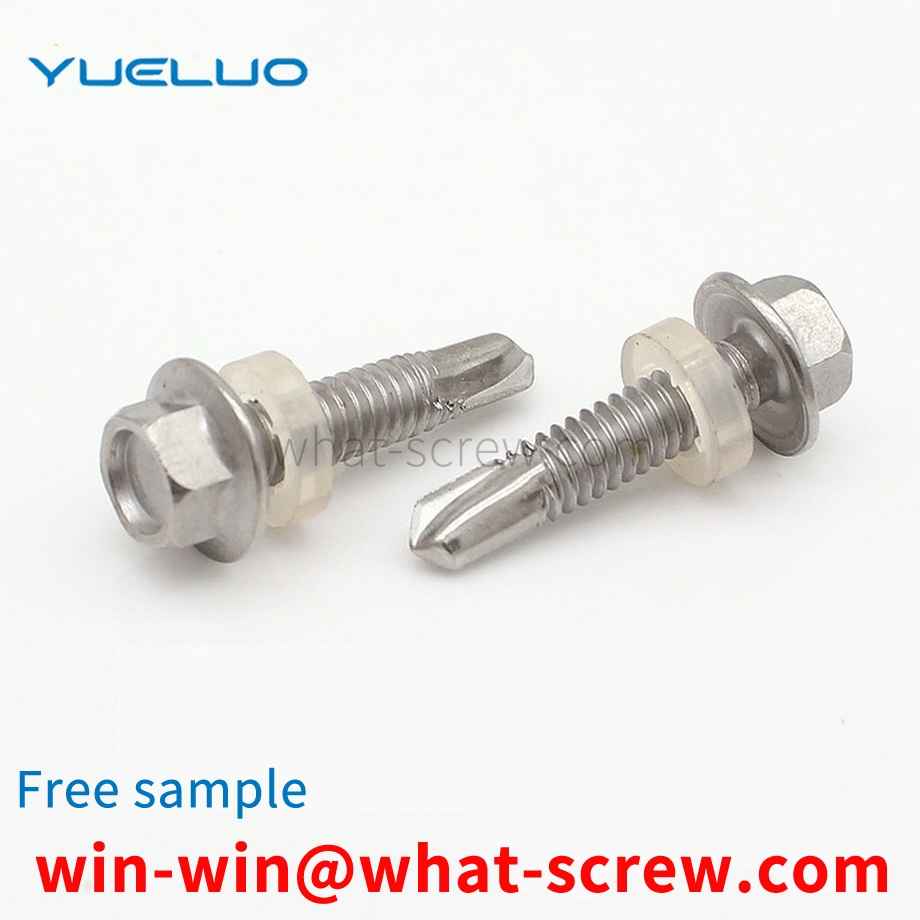
A screw suitable for a variety of tools is a single-structure threaded part, including a screw body and a screw head. The outer surface of the screw body is processed with an external thread 1, and the outer side of the screw head is formed by six screw heads. Prismatic, the top surface of each edge of the outer hexagonal prism is a boss, between each boss is an end face groove 4, and the middle of each boss is provided with an end face hole 3; the inner side of the screw head is formed by six screw heads. The side surface 5 forms an inner hexagonal prism hole, and the bottom of the inner hexagonal prism hole is processed with a cross groove 10 .
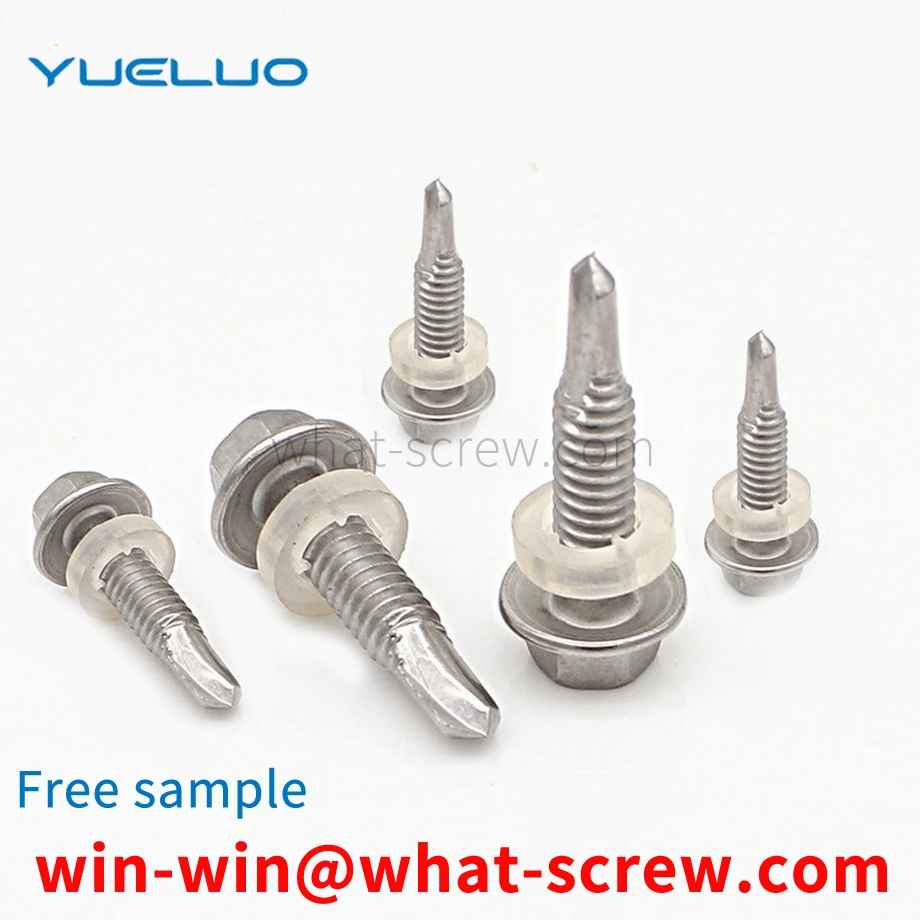
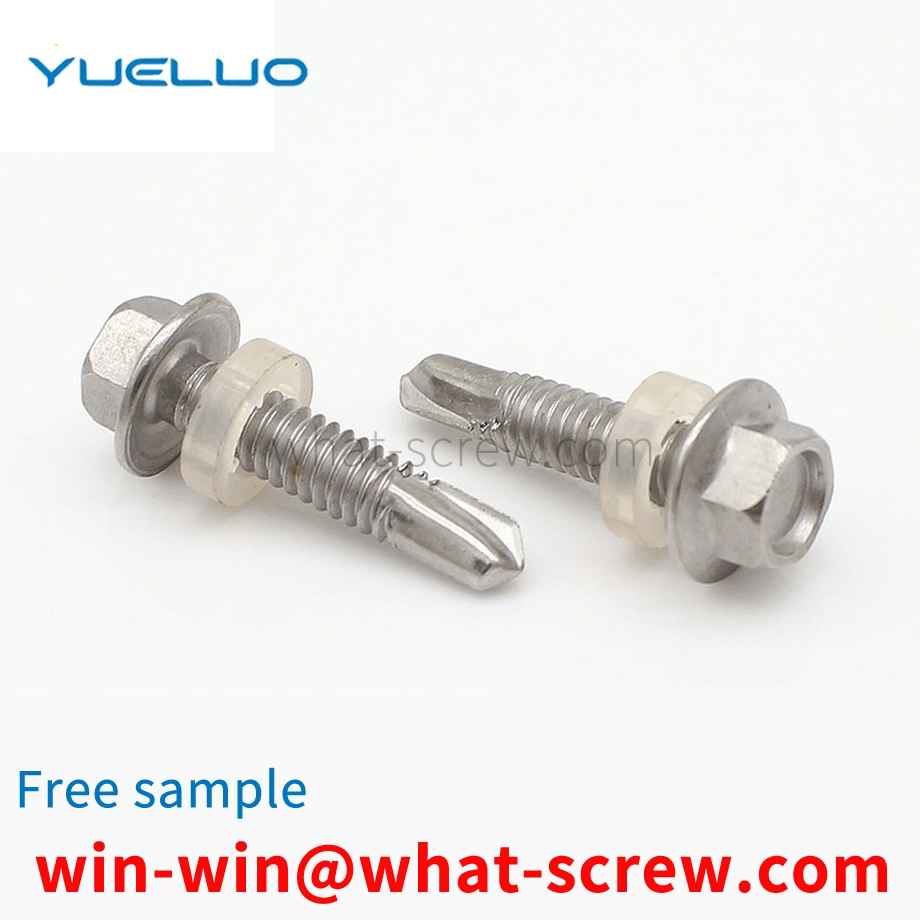
The anti-rotation T-bolt includes a screw rod and a head. An anti-rotation protrusion is designed at the connection between the head and the screw. The cross-section of the anti-rotation protrusion is a square corner with the screw radius as the side length. One anti-rotation protruding shoot can be designed, or two can be designed. In order to ensure the uniform force of the bolt, two are designed.
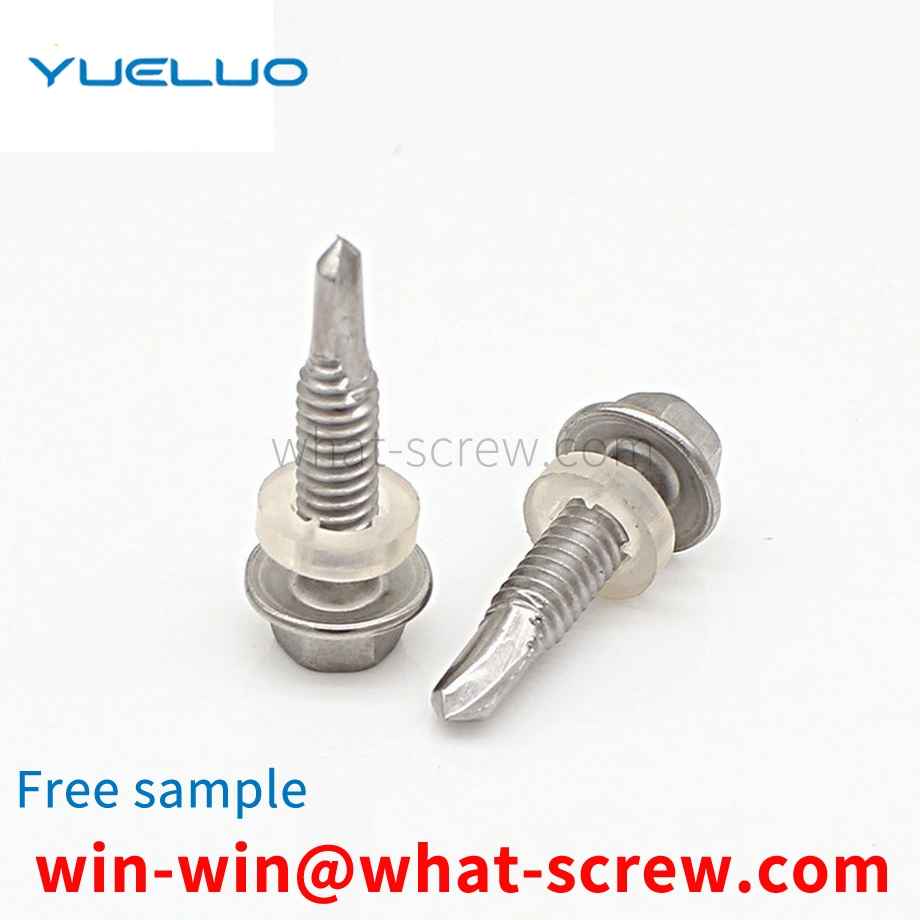
Stainless steel screws are classified into austenitic stainless steel, ferritic stainless steel, martensitic stainless steel, and precipitation hardening stainless steel. The selection of stainless steel screws is also based on principles. Where to start, let you choose the stainless steel screws you need. After comprehensive and comprehensive consideration of these five aspects, the grades, varieties, specifications and material standards of stainless steel screws are finally determined. Austenitic stainless steel: the most basic alloying elements of austenitic stainless steel are chromium and nickel. The grade is a chromium-nickel austenitic stainless steel with a chromium content of about 18% and a nickel content of about 8%, often called 18-8 stainless steel. The element ratio of chromium and nickel basically ensures that the structure of the steel is stable austenitic ferritic stainless steel: 430 type ordinary chromium steel, its corrosion resistance and heat resistance are better than 410 type, magnetic, but it It cannot be strengthened by heat treatment, and is suitable for stainless steel screws with slightly higher corrosion resistance and heat resistance and general strength requirements. Martensitic stainless steel: Type 410 and 416 can be strengthened by heat treatment, with a hardness of 35 to 45HRC, and good machinability. They are used for general-purpose heat-resistant and corrosion-resistant stainless steel screws. Type 416 has a slightly higher sulfur content and is a free-cutting stainless steel. Type 420, sulfur content? R0.15%, improved mechanical properties, can be strengthened by heat treatment, maximum hardness value of 53 ~ 58HRC, used for stainless steel screws requiring higher strength. Precipitation hardening stainless steel: 17-4PH, PH15-7Mo, they can get higher strength than the usual 18-8 type stainless steel, so they are used for high-strength, corrosion-resistant stainless steel stainless steel screws. A-286, a non-standard stainless steel, has higher corrosion resistance than commonly used Type 18-8 stainless steels, as well as good mechanical properties at elevated temperatures. Used as high-strength, heat-resistant, corrosion-resistant stainless steel screws, can be used to 650 ~ 700 ℃. Austenitic stainless steel: The commonly used models are 302, 303, 304, and 305, which are the so-called 18-8 austenitic stainless steels. Both corrosion resistance and mechanical properties are similar. The starting point of selection is the production process method of stainless steel screws, and the method depends on the size and shape of stainless steel screws, and also depends on the quantity of production. Type 302 is used for machined screws and self-tapping bolts. Type 303 In order to improve machinability, Type 303 stainless steel is added with a small amount of sulfur and is used to machine nuts from bar stock. Type 304 is suitable for hot heading stainless steel screws, such as longer gauge bolts, large diameter bolts, which may be beyond the scope of the cold heading process. Type 305 is suitable for cold heading processing of stainless steel screws, such as cold formed nuts, hex bolts. Type 309 and Type 310, their Cr content and Ni content are higher than 18-8 type stainless steel, suitable for stainless steel screws working at high temperature. Types 316 and 317, both of which contain the alloying element Mo, have higher high temperature strength and corrosion resistance than 18-8 type stainless steel. Type 321 and Type 347, Type 321 contains a relatively stable alloying element Ti, Type 347 contains Nb, which improves the intergranular corrosion resistance of the material. It is suitable for stainless steel standard parts that are not annealed after welding or serve at 420~1013℃.
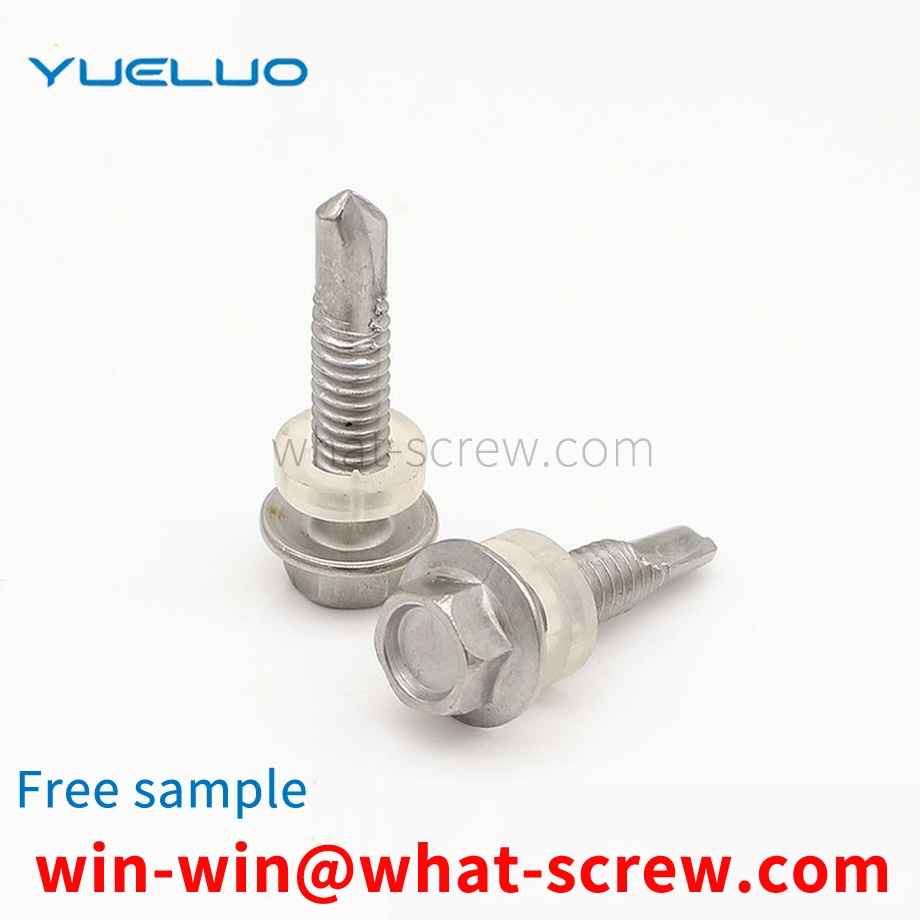
The above content is uploaded by Yueluo or the Internet. If there is any copyright issue, please contact [email protected].

What is the tolerance range of precision screws?

How to choose the right stainless steel screw manufacturer?

Why is there an R angle under the head of the hexagon head s...
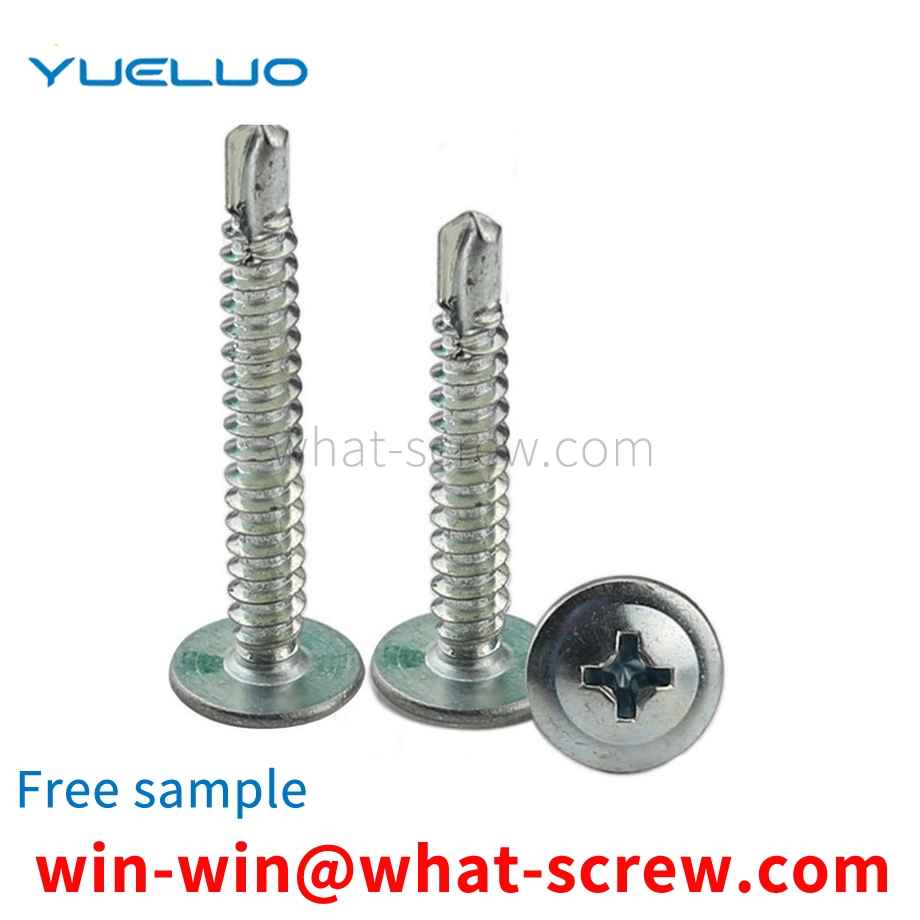
We have more than ten years of screw industry production exp...
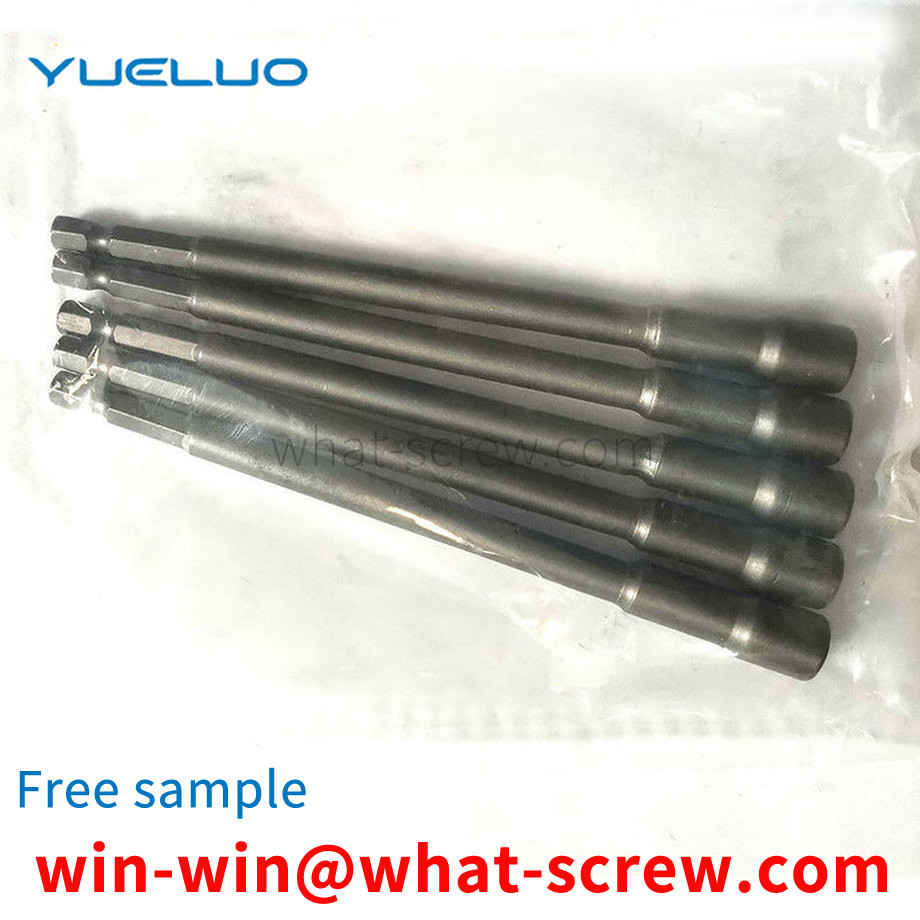
We have more than ten years of experience in the production ...
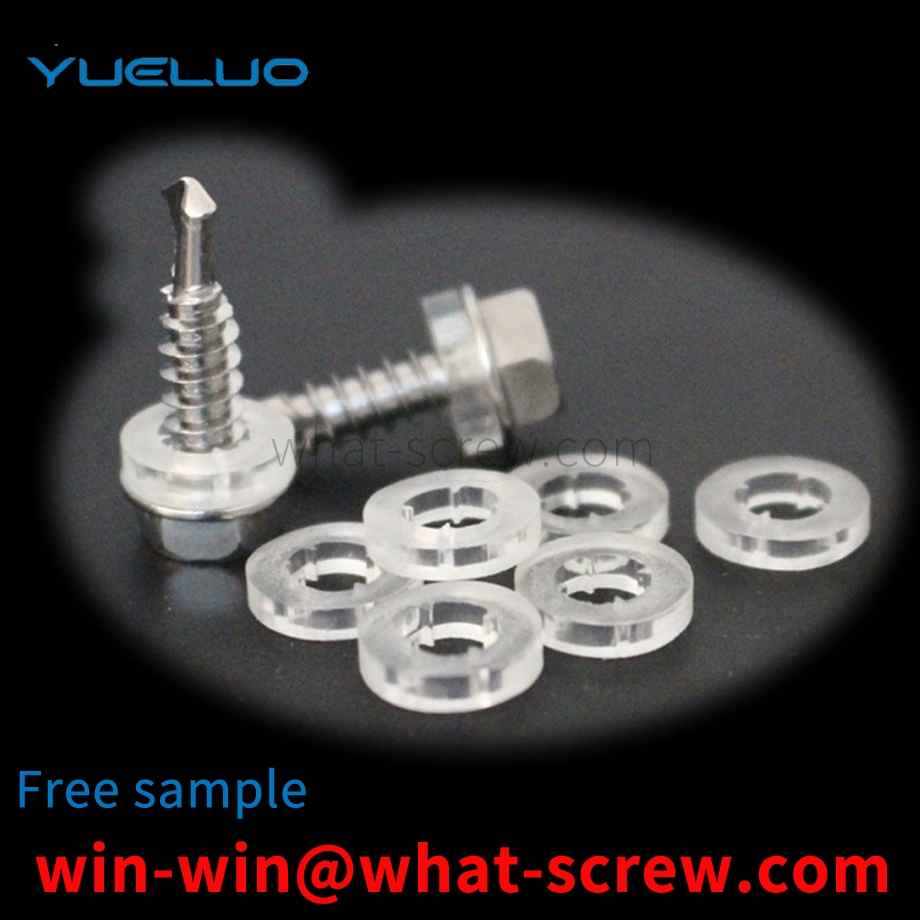
We have more than ten years of production experience in the ...
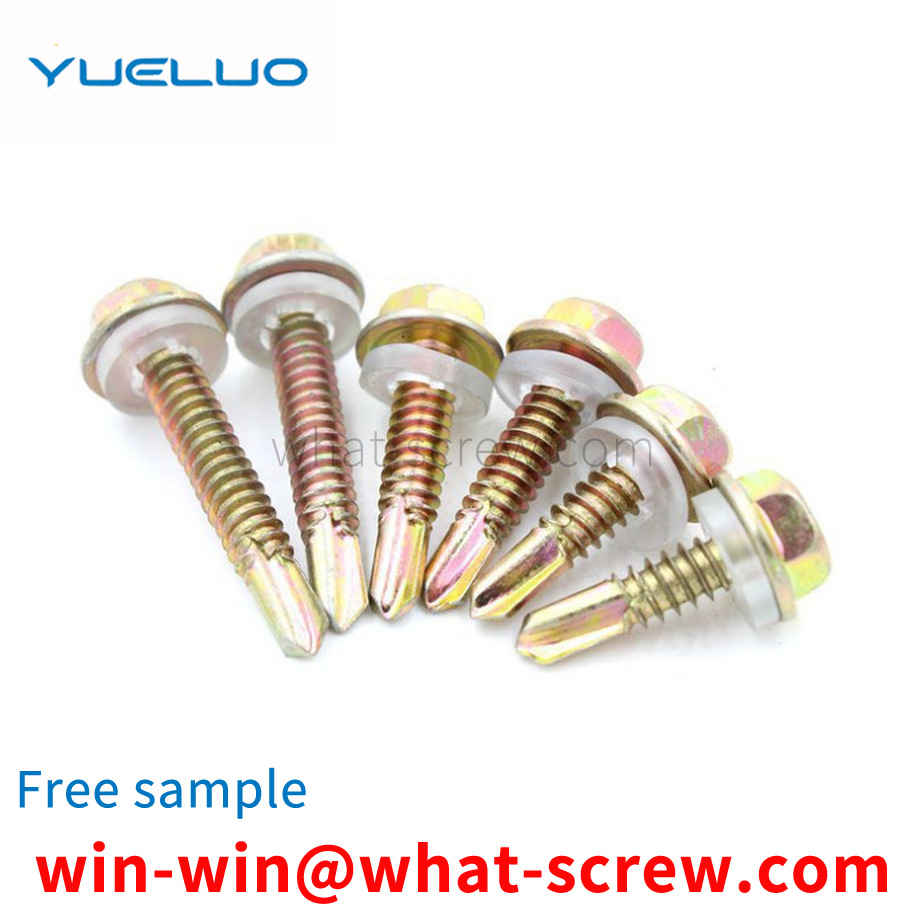
We have more than ten years of experience in the production ...